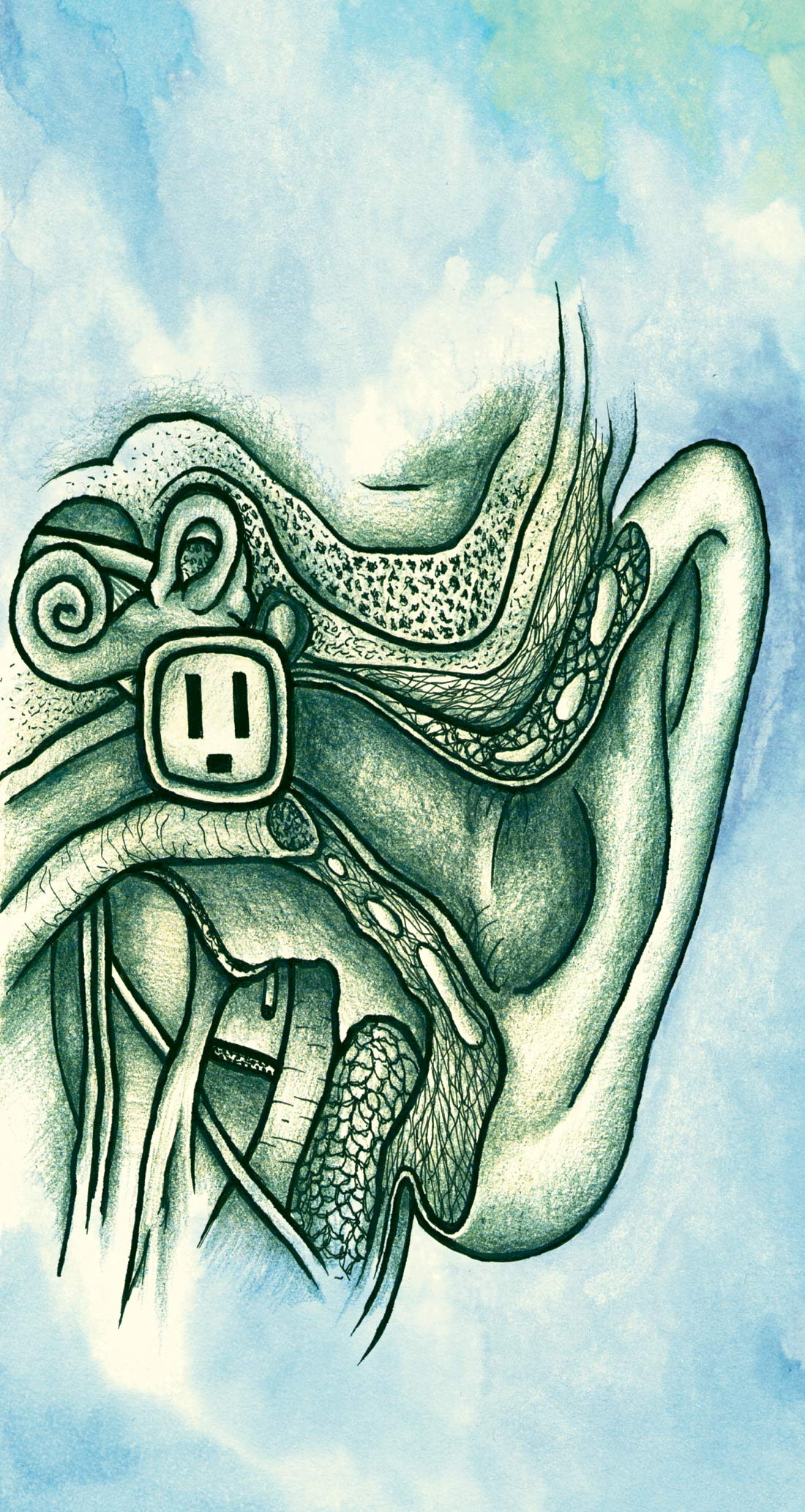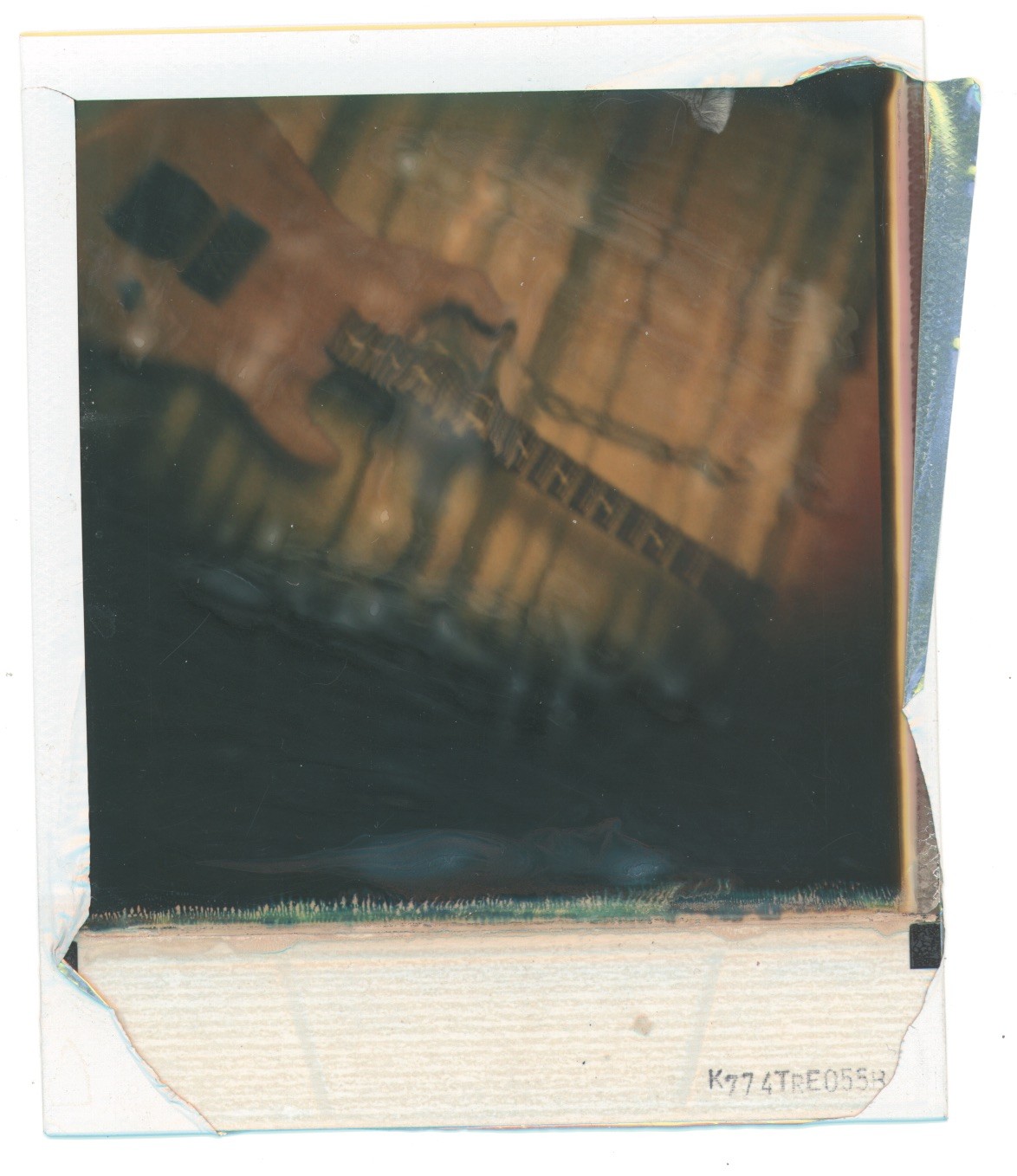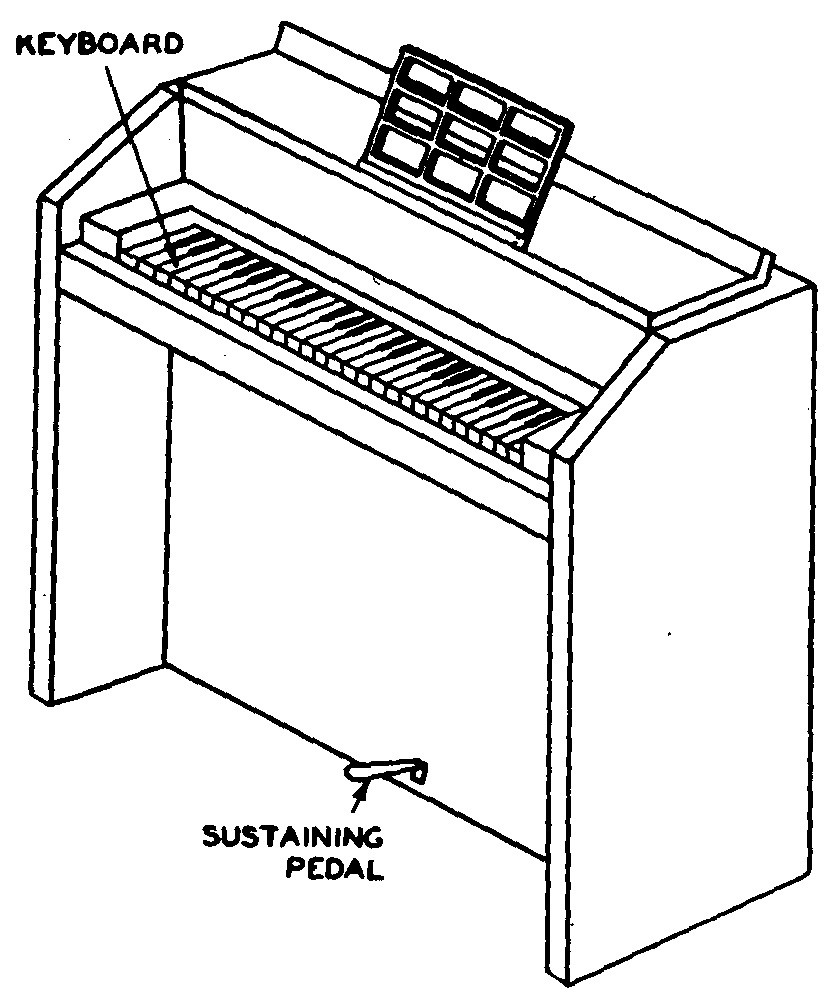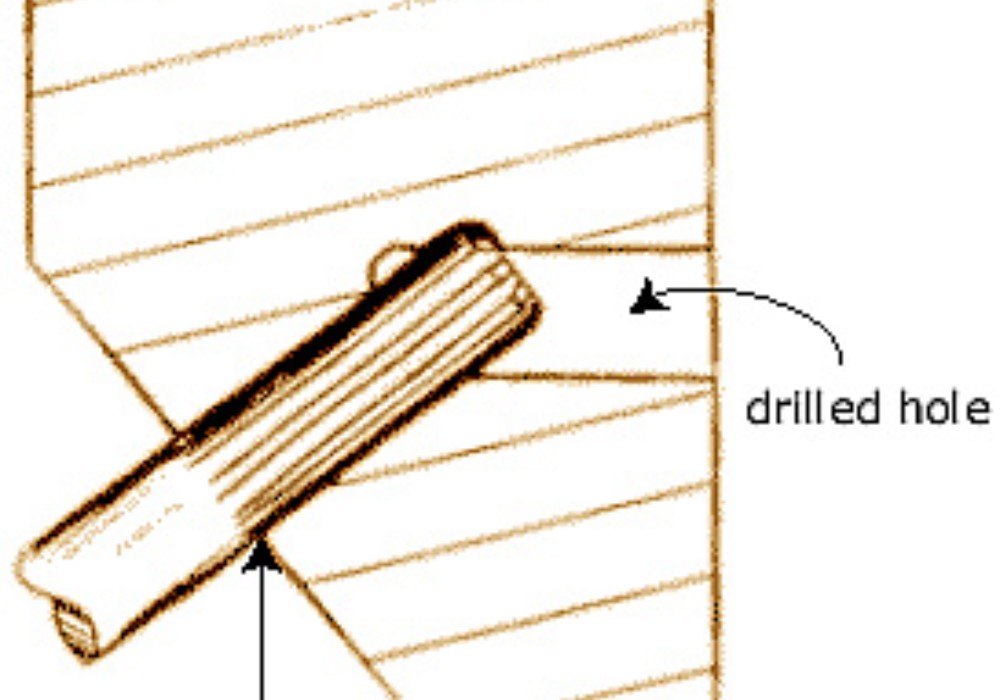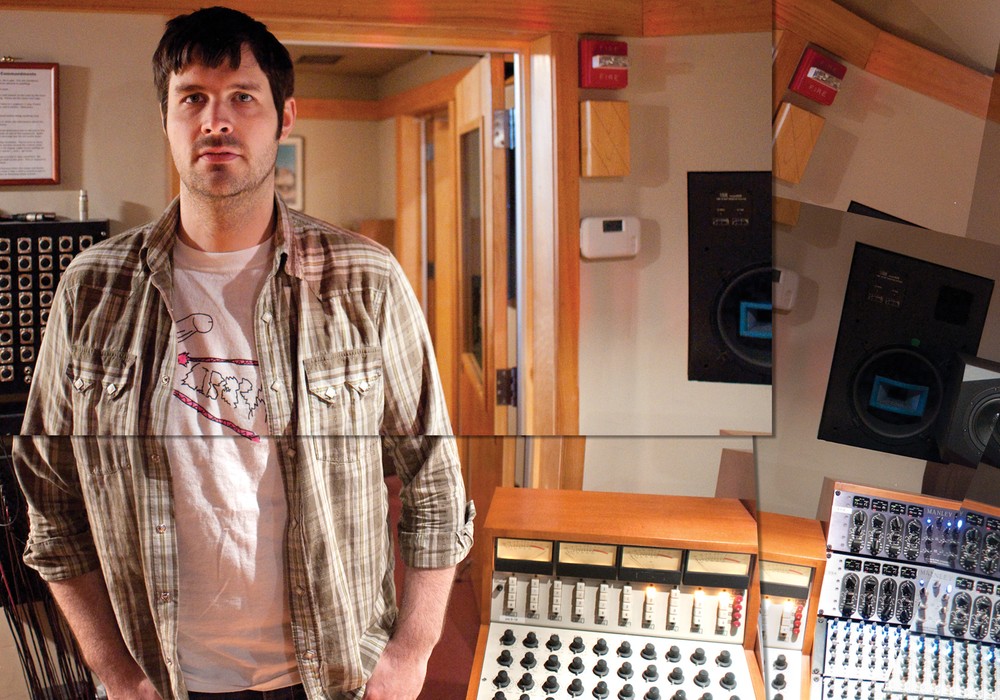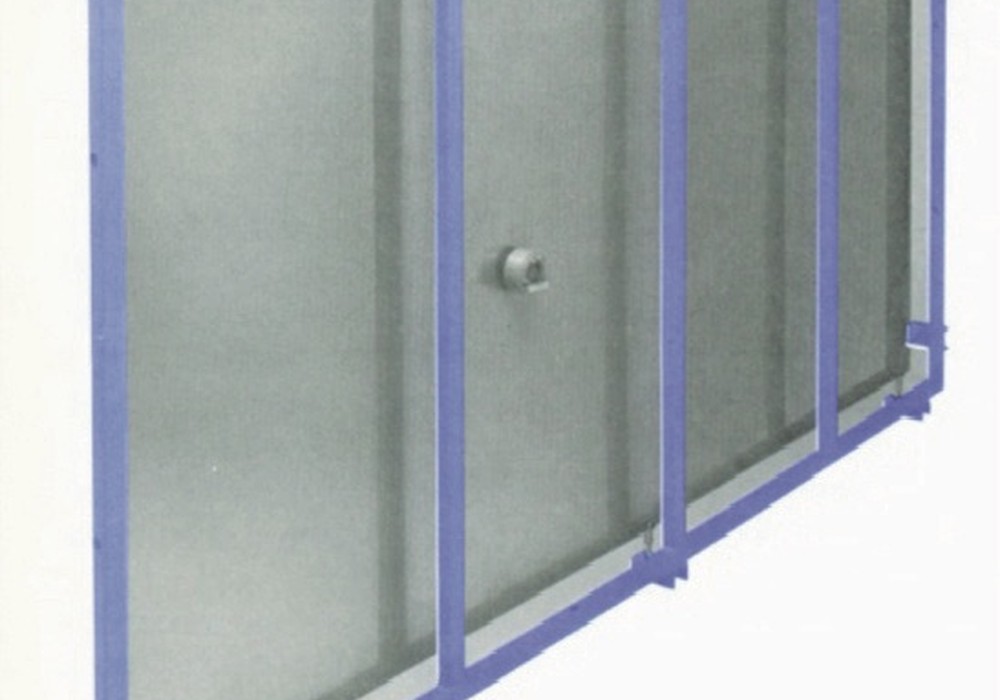Part One: Better Guitars for the Studio
Why are engineers often asked to use their best gear to record a cheaply made guitar? This is the sonic equivalent of running a Formula One car on unleaded gasoline. No preamp, compressor, microphone, or amplifier will make a mediocre sounding guitar sound any better than mediocre. A good guitar makes your recorded sound more balanced and focused and allows it to cut through the mix with less actual volume. Good pickups give your sound a detailed, human voice-like quality that inspires your playing gives your music character. Although Gibson and Fender both produce great instruments, their moderately priced ($1000-$2000) instruments don't stand up to less expensive instruments produced by companies like Heritage and G&L. In this article I will introduce some better sounding and less expensive alternatives to popular Fender and Gibson electric guitar designs and touch on some of the aspects of these guitars that make them particularly suited for studio use.
G&L — Fender Alternatives Live recordings like Frank Zappa's Shut Up and Play Your Guitar and Buddy Guy's Stone Crazy! document how expressive and versatile the Fender Stratocaster can be. Unfortunately the Stratocaster can be a nightmare in the studio, with its out- of-tune tremolo system and brash, noisy pickups. Good Strat-style guitars are also hard to come by, with quality copies made by companies like Anderson and Suhr priced out of the reach of most musicians. Fortunately there is the G&L Legacy, an expertly crafted Stratocaster-style guitar available second hand for as little as $500. The Legacy's quiet, detailed pickups and impeccable tremolo system eliminate the typical Stratocaster studio headaches. George Fullerton and Leo Fender often said that pickups are responsible for 50 percent of a guitar's sound, and the Legacy's Alnico pickups are a sound to behold. These have a mellow, detailed tone and a very low output. In general, lower-output pickups tend to have a more detailed and complex tone, but are often misconstrued as "weak" in A/B tests because of their lack of volume. In comparison, many newer Fender pickups are honky, harsh, and tend to exaggerate the classic Stratocaster sounds. In fact, coveted '50s and '60s Stratocasters often had a much quieter and subtler tone that is comparable to the Legacy's. The Legacy's "Dual Fulcrum" tremolo system is one of the best on the market, and stays perfectly in tune when set up correctly. This means having the nut set up for your chosen string gauges — because G&Ls often ship with nines, many people put heavier gauge strings (tens or elevens) on these guitars and assume the tremolo system isn't working when the strings are simply getting stuck in the nut slots. When properly set up, this system works flawlessly and will stand up to bends as big as a minor third. The Legacy's light alder/maple construction gives it balance and focus, particularly on rhythm tracks where each note cuts through. These qualities give the Legacy a high 'perceived' volume when its actual mix volume is low. The Legacy is also perfect for the studio guitarist's constantly changing overdrive and effects setups because it retains a fundamental clarity, does not push effects or preamps too hard, and does not muddy up easily, unlike heavier, louder guitars.
But G&L's lasting legacy will certainly be its amazing ASAT. This unique guitar often gets pegged as a Telecaster copy because of its look, but it has a sonic character all its own. My own ASAT has a relatively large Canadian rock maple neck that is delightfully resonant, but is not uncomfortable and chunky like the baseball bats found on '70s Telecasters. It achieves a big-neck tone primarily because the maple is very high quality and is consistently dense. G&L also employs a "Bi-Cut" truss rod method in which they cut the neck in half lengthwise down the center of the fingerboard, insert the truss rod, and then glue the neck back together. This achieves resistance to warping and improves tone because the centrally located glue joint is actually stronger than the wood on either side. The underside of ASAT's burly bridge has a large pin that anchors it into the body and provides maximum transfer of vibrations from the strings to the body. There is also a small Allen screw at the end of the bridge that presses all the saddles together and causes them to vibrate as a unit. These innovative details make the ASAT record with an unusually powerful lead tone. The ASAT fills out a large frequency spectrum and tends to bring out the bottom end of a quality tube amplifier, giving it a broad, acoustic-like solo voice. This is an exceptional guitar often available used for less than $700.
Yamaha and Heritage — Gibson Alternatives Gibson ES-335s are ideal studio guitars because of their versatility and their mellow humbucking sound. Listen to BB King's Live at the Regal, Live at Cook County Jail and Shuggie Otis' Shuggie's Boogie for examples of how these guitars can sing. Needless to say, engineers love humbuckers because they cancel external noise, but their notoriously high output levels often cause the muddy, compressed tones that make many players covet single coils. But the 335s semi-hollow design tends to tame humbuckers. As a result these guitars can achieve clearer humbucker sounds than Les Pauls and other solid- body humbucker guitars. With all these benefits, the ES- 335 design has changed very little since it was introduced in 1958. In fact, most recent Gibson 335s are fine guitars, but they cost about $700 more than they are worth simply because they bear the name Gibson.
Arguably the best 335-style guitar on the market is the Yamaha SA2200. This mass-produced Japanese guitar boasts an ebony fingerboard, Alnico pickups, and impeccable craftsmanship uncannily consistent with each guitar. The tone is clear and thick, and not muddy or hollow, as some 335 copies tend to be. Although these guitars retail for about $1,500, they don't hold their value and often go for half as much used. They are a great choice for their utility and quality.
With its visible tool marks and rustic wood grains, the rough-hewn Heritage H535 is certainly far from perfect. But these stunningly beautiful guitars are handmade with visual and sonic character. With the right pickups and setup, they sound every bit as good as a Gibson from any era, probably because they are constructed in the same Kalamazoo factory that produced the first ES-335s. With their substantial mahogany necks, these guitars have an open, singing tone when played acoustically, unlike some ES-335s that sound like muffled banjos when played without an amplifier. H535s seem to have more resonance and a tighter bass than their Gibson counterparts, possibly because of the quality of the woods or the beautiful hard quilted maple that adorns the top laminate. Heritage has also perfected the art of the Sunburst finish — their sophisticated "almond" and "antique" sunburst finishes are breathtaking. The Heritage H535 is a wonderful sounding guitar that is also a beautiful collectible, and it is available new for as low as $1200.
Archtops Listen to the mesmerizing sound of Jim Hall's D'Aquisto as he comps to "My Funny Valentine" behind Bill Evans on Undercurrent. You will never get this sound from an ES-175 or any laminated guitar, only from a painstakingly carved arch of solid spruce, mahogany, or pine, with the top directly mic'ed. Unfortunately this labor-intensive process is costly, but there are some fine solid-top archtops starting at around $2000, like the Heritage Eagle and the Hofner New President. The Eagle has a mahogany top and rosewood fingerboard making it the mellower and quieter of the two. The German-made New President boasts an ebony fingerboard, a spruce top straight from the Black Forest, jumbo frets, and a full, balanced sound. Both these guitars sound every bit as good as more expensive carved-top guitars made by Gibson, Buscarino, and D'Angelico.
Laminated archtops are more abundant, cheaper, sturdier, and won't feedback at moderate levels because the top doesn't resonate as easily. For these reasons a laminated guitar makes more sense in the studio for any music other than quiet jazz. Interestingly some of the best laminated-top bargains come from Gibson — they have flooded the market with so many models and reissues that some of their less popular designs like the ES-137 are available secondhand for under $1000. One thing to remember about a laminated archtop is that you are probably not going to mic the top directly, so the pickups are very important in achieving a good sound — a cheaper guitar with great pickups will probably sound better than a more expensive guitar with cheap pickups.
These are some of my favorite guitars that I have found valuable in the studio, but there are many more. If you are honest with yourself about how a guitar really sounds and avoid becoming a slave to guitar fashion, you will discover wonderful instruments that can inspire your music. Also remember George and Leo's advice about pickups — good sounding pickups like those made by Lindy Fralin, Bill Lawrence or Seymour Duncan will do wonders for the sound of any guitar.
Part Two: Home Keyboards for the Studio
If you played keyboards in a band in the '80s, chances are that what you lusted after was a Prophet 5, and what you had was a Casio. I'm not going to lie to you: the Prophet was better. But you loved your Casio, didn't you? You could play that flute patch over a bossanova rhythm accompaniment for hours, and when you finally grew up and got yourself a real synth (or, in my case, a guitar), you kind of missed the intimacy and immediacy of your old home keyboard. Well, all those keyboards are still out there, at swap meets and garage sales, and on eBay. If you're on a budget (who isn't) and need some cool sounds for your studio on the cheap, look no further. Believe it or not, not all home keyboards were cheesy — some of them were even great. Here, then, is a brief survey of some fantastic molded plastic, available for less — sometimes a lot less — than fifty bucks.
Yamaha VSS-30: These days, a lot of lo-fi mavens crow about the Casio SK-1, a cheap and tiny sampling keyboard released in 1985. I had one back then and used it in my band for sound effects and semi-realistic piano, and many a budding musician recorded 8-bit barfing sounds, to the delight of their little brothers and sisters. The SK-1 is pretty cool, but the Yamaha VSS-30 is better. You get the lo-fi sampling and the volume envelope from the SK, plus a bunch of effects — looping, reverse mode, "U-turn," echo, fuzz, tremolo, and a truly wild vibrato — which you can run separately or at the same time, and even tweak for speed or intensity! Furthermore, the presets are better than the SK's, especially the organ, which I've used on several recordings. My favorite trick is to plug an SM57 into the mic input jack (it's RCA, so you'll need an adapter, or probably a chain of them), record a crash cymbal, and play it backwards. Very gritty and retro.
Casio MT-68: With its gray casing, and knobs and buttons accented in orange and beige, this little keyboard positively screams mid-eighties. It's even more of a surprise when you play it, though — it sounds corny, but very distinctive! There are only 20 tones, but they're analog, and are accompanied by a terrific rhythm and bass-accompaniment section. There are some good organs and whistles, and sustain and vibrato, and the ability to slightly adjust the volume envelope with pushbuttons, plus it sounds even better with a bit of chorus or distortion. I use the organ sounds all the time for warm, simple accents, and though primitive Casio rhythms are pretty popular right now, I haven't heard these used much on recordings. And perhaps most importantly, the MT-68 makes a great sketchpad for songwriting. This keyboard is actually credited on Aimee Mann's last album, and you can pick it up (even on eBay) for less than 30 bucks!
Kawai PH50: Kawai's K1 digital synth was a popular and great-sounding keyboard, and it's still in use today by lots of electronic music composers. What most people don't know is that Kawai released a home version of the K1, the PH50. The PH50 is a preset synth, but it's stereo, and has MIDI and a joystick for real-time control of pitch and modulation. Plus, the 200 presets are terrific! Skip the "realistic" patches and try the imitations of famous synth sounds ("Chick Solo" and "Jan's Solo" have obvious antecedents), pads, or special effects. My favorite is patch 66, "Visitors", a killer layered wash with computerized bleeping in the background. Strings and brass are excellent too. If the patches don't sound full enough to you, try stacking them — you can stack up to four different sounds for some amazing monophonic leads. The PH50 is cheaply constructed, so expect a dodgy joystick (mine's busted) and lousy action from the stubby keyboard. Stereo implementation is odd, too — the left side of the keyboard is panned left, and the right side panned right! But the MIDI is great — I have mine permanently mounted on the wall, and control the notes, pitch, and modulation through a larger synth.
Yamaha PSS-380: Back in the '80s, Yamaha's FM (Frequency Modulation) synthesis was king, as typified on their DX7 synth, known for its bells, pianos, and metallic pads. The DX7 was great, but it was hard to program: FM itself was complicated, employing a bunch of sine waves that modulated one another in complex ways, and the DX7 (and its more advanced cousins like the DX5) lacked knobs, sliders, or any kind of manual controls. Well, as it happens, Yamaha did release an FM synth with sliders, but it was a home keyboard, the PSS-380! The PSS-380 (or PSS-390, which is the same thing with colored buttons, or PSS-370, the mono version) might be the coolest home keyboard ever. It's a diminutive preset board with 100 sounds, and while few of them are immediately interesting, they are endlessly tweakable. You can layer two patches, which allows either for interesting combinations or for thick, chorused versions of single patches. If that's not enough, turn on the "digital synthesizer" function, which lets you adjust "spectrum" (a kind of resonance control), "modulation" (ring mod), vibrato, and volume; plus there's a simple envelope (attack, decay, release) that functions as the FM equivalent of a filter. The result? Whacked-out electronic tones that, though rather cold, will really cut through a mix. My favorite tactic: layer two similar tones ("Toy Piano" and "Music Box" for instance), then synthesize them in real time. A genuinely unusual sound!
There are dozens more neat little keyboards worth looking for — the Casio Rapman, the "My Music Center" children's toy, the Casio MT-410V (which features a genuine analog filter, of all things!), the all-analog Yamaha PS-30. Keep your eyes peeled on your next trip to Goodwill. Give everything a try, no matter how crappy it looks, and don't forget to barter!
